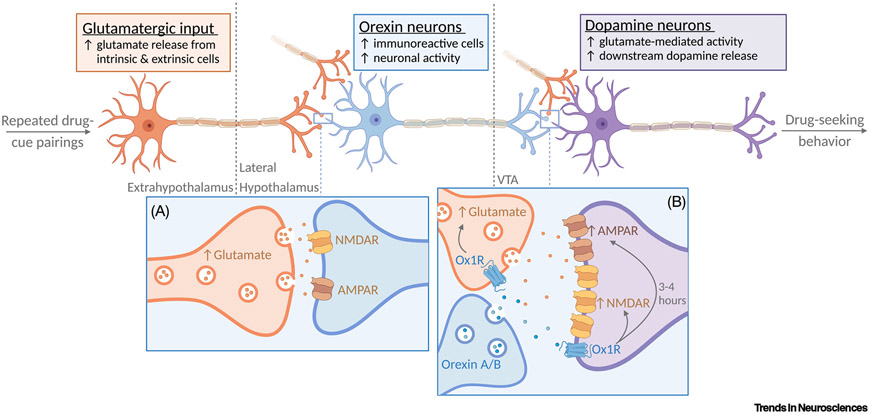Figure 2. An overview of orexin system plasticity in addicted states.
Orexin neurons are preferentially recruited by drug-associated stimuli and act to translate this information into motivated behavior via outputs to reward centers, including the ventral tegmental area (VTA). (A) Hyperexcitability of this circuit reflects plasticity that occurs with repeated drug-cue pairings, whereby enhanced glutamatergic release (orange) onto orexin neurons (blue) increases neuronal activity [5]. Combined with drug-induced increases in orexin peptide production [6,7], this increased activity promotes heightened downstream orexin release in the VTA. (B) In the VTA, orexin promotes enhanced glutamate release onto dopaminergic (purple) neurons, as well as postsynaptic increases in first N-methyl-d-aspartate receptors (NMDAR) and later α-amino-3-hydroxy-5-methyl-4-isoxazolepropionic acid receptor (AMPAR) to facilitate exaggerated dopamine release [9]. The net result of this plasticity is enhanced activity of the circuit in response to future presentations of drug-associated stimuli, resulting in the expression of hypermotivated, drug-seeking behaviors.

